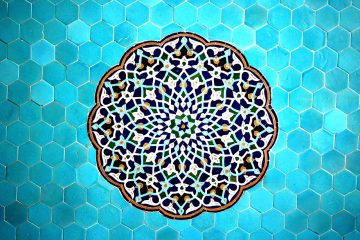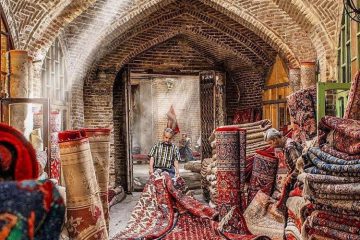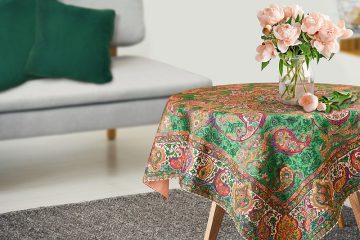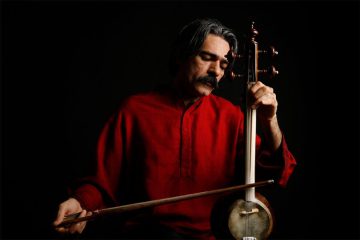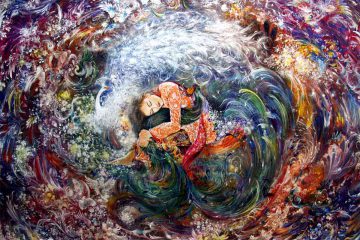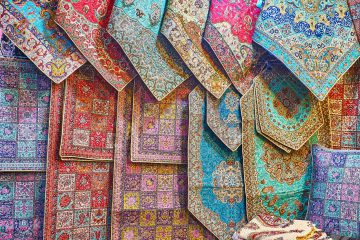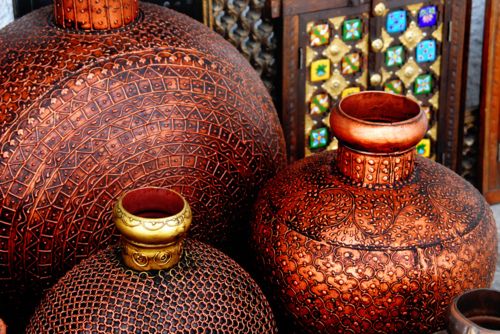
Metalwork : A fine art and on a hard surface
Metalwork : A fine art and on a hard surface
The art of metalwork has a long history in Iranian art industry, dating back to the third millennium BCE. In those days, this art was more of a religious nature. The most famous ancient samples are the Lorestan Bronze and the objects discovered Khuzestan. The art of metalwork in the Achaemenid period was mainly luxury goods and a variety of Reytons (chalices), cups and dishes made in bronze, steel, gold and silver. Unfortunately, this art declined during Arsacids, but regained its glory during the Sassanids, leaving various metal dishes with unique details, mostly in silver and occasionally in gold. The prominent decorative subjects were hunting scenes, kings’ enthronements and feasts, musical ceremonies, legendry birds and animals, flowers and the tree of life. Most of these subjects, specially the story of Bahram-e Gur (the 14th king of Sassanid dynasty) and his player Azadeh, were popular in metalwork, pottery and other arts in the post Islamic era in Iran.
Metalwork in the Islamic era in Iran did not make any considerable change, even compared to several earlier centuries, its development was gradual. In the 15th century, metalwork was employed making objects of war like chain mail, shields, spears, swords and daggers with fully decorated hilts and covers. During the Safavids, gold and silver objects were made professionally to decorate their splendid buildings. The chaos after the Safavids through until the Qajarids caused a decline in metalwork. During the Qajarids, goldsmiths made dishes using industrial processes, and then painted them with enamel. They would also make water pipes out of gold and silver with embossed patterns on them and decorate them with enamel and precious stones. Different kinds of bronze objects like small and large trays, lanterns, bowls, plates, chandeliers and silver dishes with floral and other patterns were made in Esfahan.
PALANGAN VILLAGE
The most beautiful patterns on copper and brass dishes from the Qajarid period are non-arabesque and floral patterns with many animals and birds. One of the most outstanding Iranian masterpieces from the Qajarid period is Takht-e Tawous (Peacock Throne) or Takht-e Khorshid (Sun Throne), which is now in the crown Jewel Museum in Tehran. They were created by Esfahani art masters, goldsmiths, jewelers, enamel makers and designers in 1800. The tools used in metal engraving are hammer chisel, compass, brass sheets, different brushes and charcoal powder.
Nowadays, Esfahan, Kerman, Yazd and a few more cities are famous for their metal work. However, Esfahan stands a bit higher in this art especially metal engraving and enamel for which copper is used. In metal engraving, metals such as copper, silver and brass are used.

